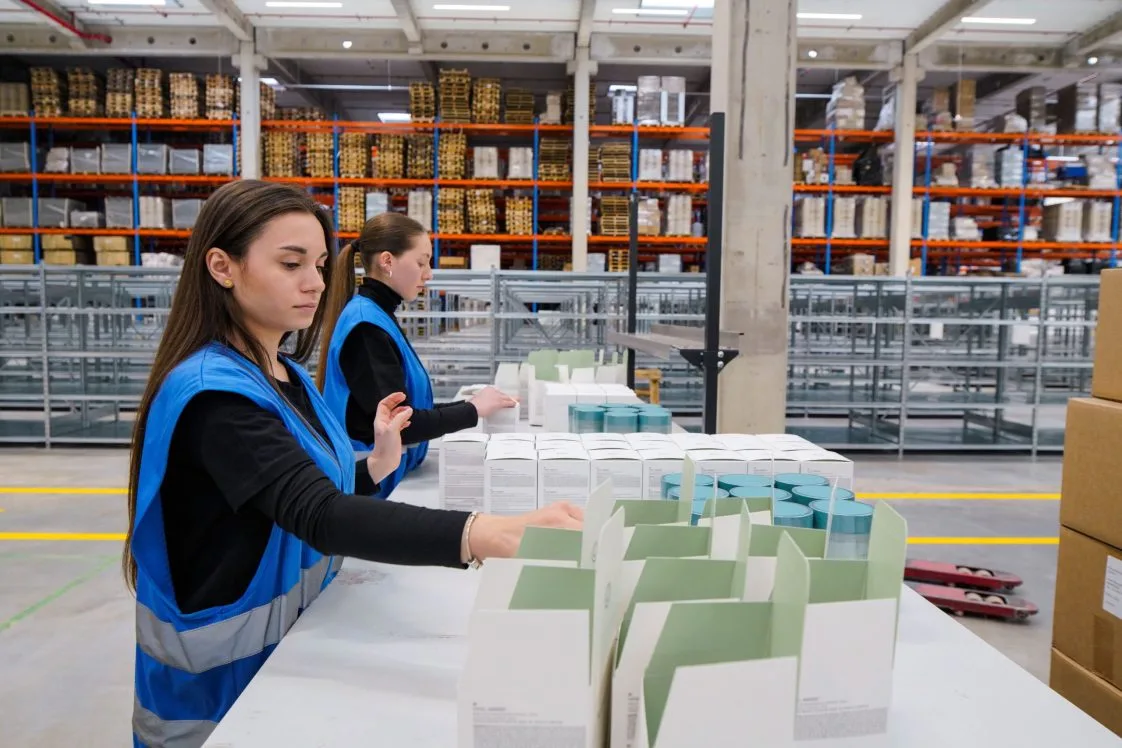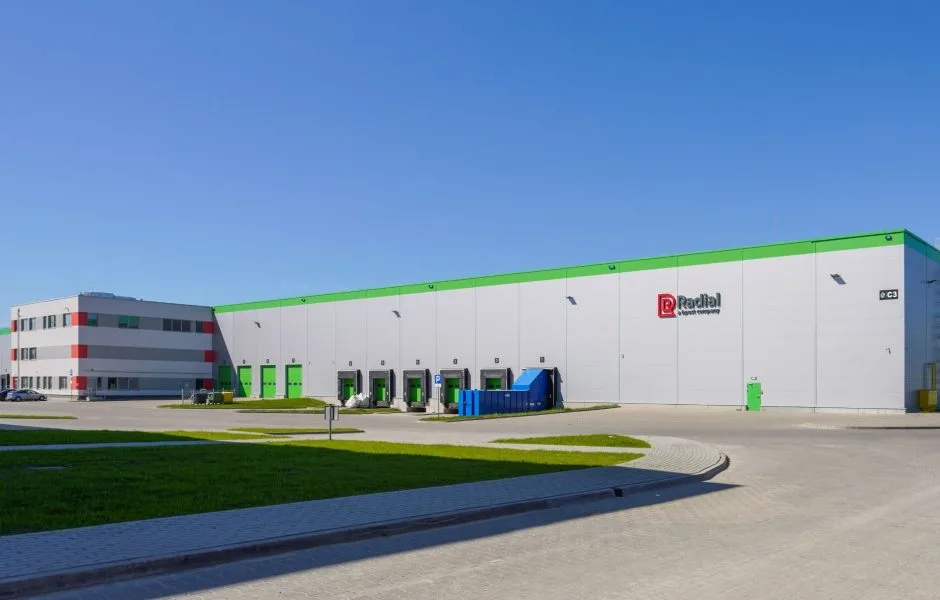Europe’s Ecommerce Evolution
Poland ranks as the fastest growing ecommerce market in Central and Eastern Europe and the second fastest in Europe. Germany, as well as the UK, leads the way in Europe, representing almost half of online shopping expenditure. Despite the digital surge, physical stores remain the preference for the majority of Europeans. Retailers, take note: focus on perfecting your omnichannel experience. Let’s explore the latest industry news!
The CBRE report “E-Commerce in the Post-Pandemic Era” gives a look at the current situation in the ecommerce market in Europe. While the ongoing accelerated growth in Poland indicates a sustained and profound change in shopping habits, most European markets post-pandemic are either on par or slightly behind previous trends. A robust omnichannel commerce experience needs to be created to further adapt to customer needs. After the pandemic, customers again want to see products live and order them online or, buy online but have the option to return in shop.
Poland – the fastest growing ecommerce market in CEE
Poland’s online sales market surged by 55% from late 2019 to its peak during the pandemic, according to a CBRE report. Presently, its value surpasses the peak, positioning Poland nearly 3 years ahead of the anticipated trend. This achievement is the top-ranking among CEE countries and the second highest in Europe, following Portugal.
Radial’s modern warehouse in Poland
For ecommerce companies targeting the Polish market, Radial’s state-of-the-art, automated warehouse near Warsaw provides a strategic advantage. Its proximity to Chopin international airport, motorways and carrier hubs allows swift next and same day shipping and delivery.
The facility ensures:
– ecommerce fulfillment best practices,
– advanced omnichannel technologies,
– dedicated transportation department addressing logistics.
It’s a comprehensive solution for the dynamic Polish market, as well as the entire CEE region, Germany, and other European countries.

Germany & UK – the leaders in Europe
Continuing the focus on European ecommerce markets, Germany, along with the UK, stands out as a leader, representing nearly half of the region’s online shopping spending. Despite sustained post-pandemic growth in online sales, the pace lags behind that of Poland. Germany is currently 0.8 years ahead of its pre-pandemic growth forecast, while the UK is ahead by 0.1 years.
A glimpse of the CEE region
Online shopping in CEE and SEE comprises just under 10% of total continent-wide sales. The three countries which play the most significant role in the overall online shopping landscape of this region are:
CEE ecommerce leaders
CBRE report “’E-commerce in the post-pandemic era”, November 2023
-
46%Poland
-
17%Czech Republic
-
9%Romania
Despite a 48% surge in ecommerce growth during the pandemic for the Czech Republic and a 25% increase for Romania, both are now losing ground in the development of their pre-pandemic online shopping trends. The Czech Republic is lagging by 1.3 years and Romania by 1.4. Hungary, Slovakia, South-Eastern European countries, and the Baltics collectively represent a smaller quarter share of the market.
Online or instore? Omnichannel!
While traditional in-store shopping remains the preference of most Europeans, including those in Poland, the digital age requires retailers to create a robust omnichannel commerce experience. The seamless integration of online and offline retail channels into a unified system remains a priority. In order to not only meet, but exceed customer expectations, it is essential to enable physical contact with products. Offering flexible options, such as the ability to view products in-store, order them online and return them in-store, are key in the dynamic retail landscape.
Contact Us!
Considering outsourcing ecommerce fulfillment? Leverage Radial’s expertise and infrastructure for a seamless entry. Contact us today!
Follow Radial on LinkedIn.
This article is based on the CBRE report “’E-commerce in the post-pandemic era”.
